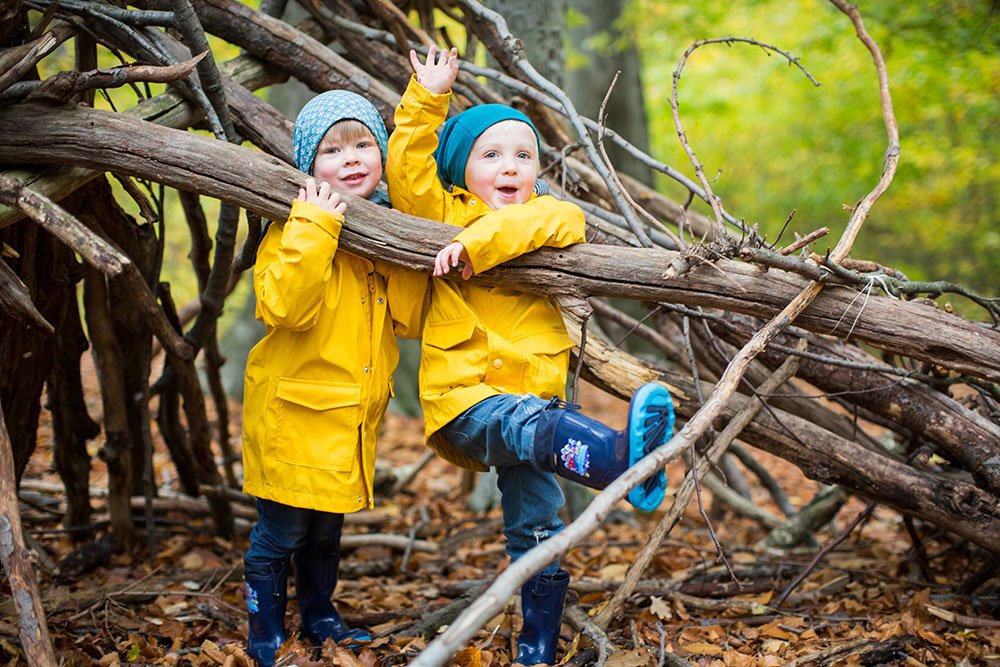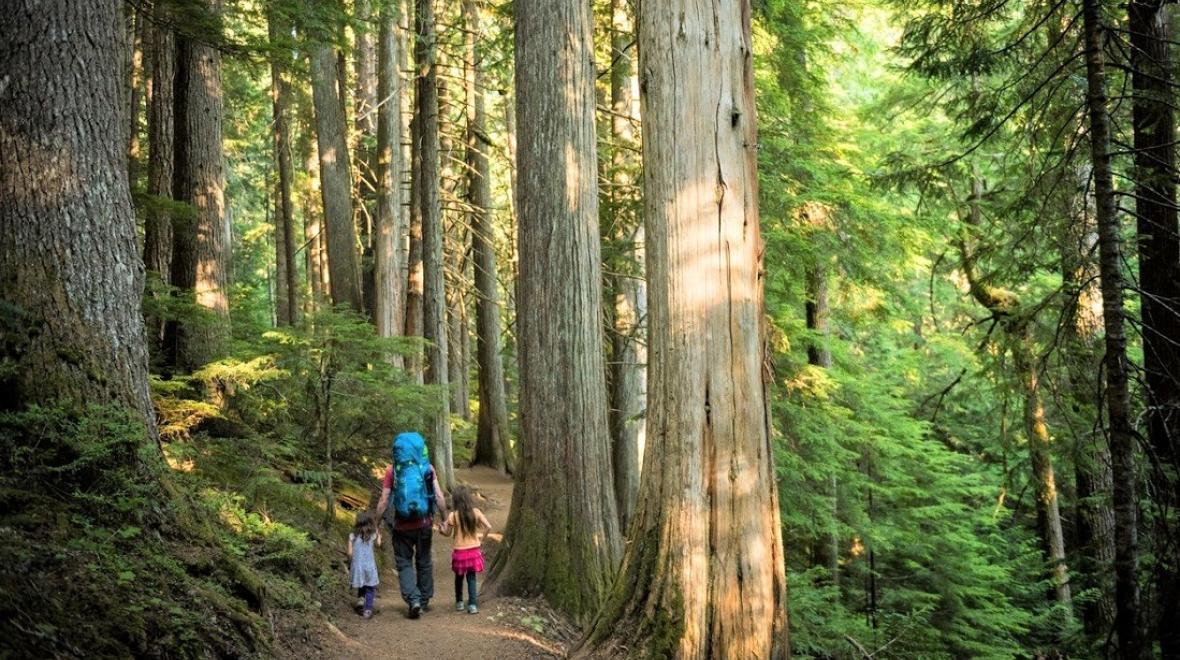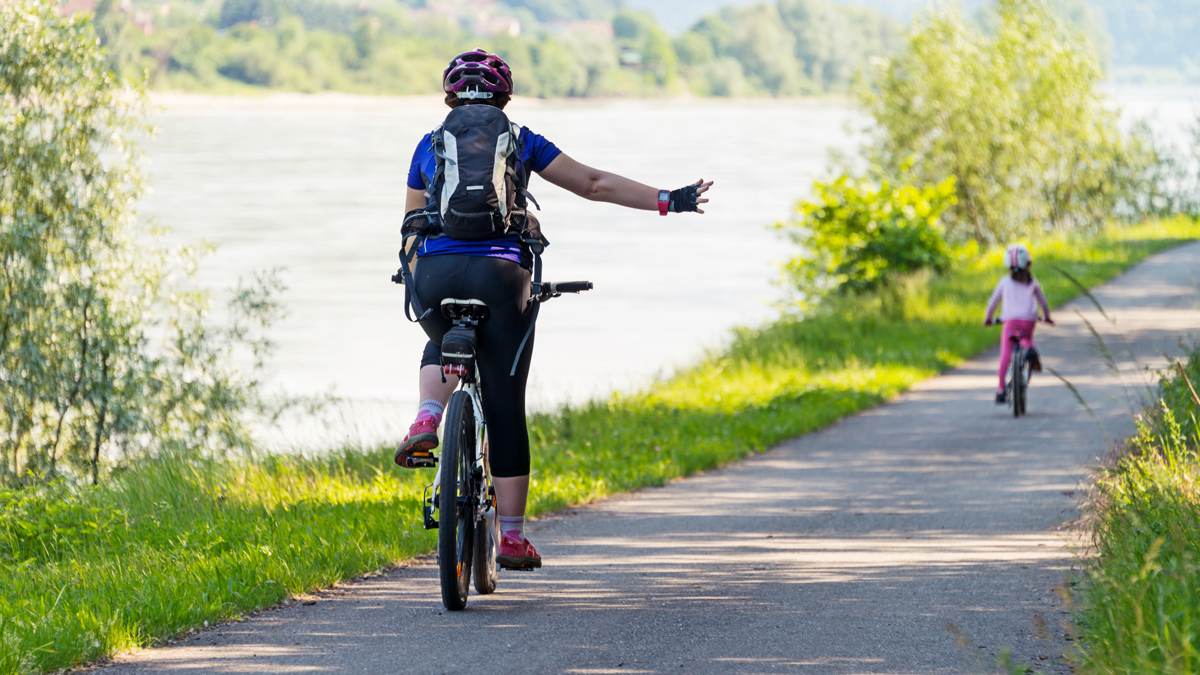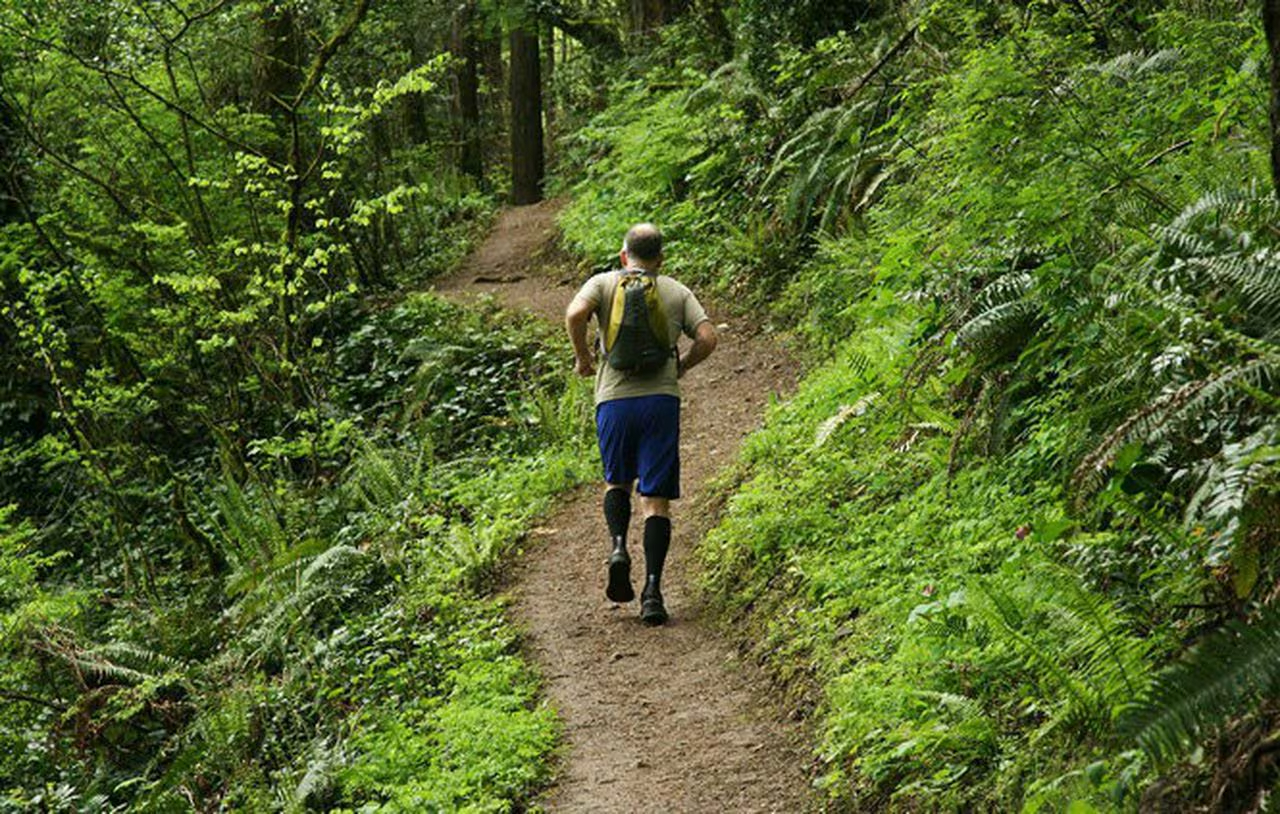Adventuring into the wild brings a sense of freedom and connection to nature that many find irresistible. However, the wilderness also presents unique challenges and dangers. To ensure that your outdoor experiences are safe and enjoyable, it’s vital to take precautions against potential hazards. This article provides practical outdoor safety tips that can help protect you and your companions when you’re out exploring the wilderness.
Before You Leave: Planning and Preparation
The key to outdoor safety starts well before you set foot in the wilderness. Proper planning and preparation can prevent many common outdoor mishaps.
Researching Your Destination
Gather information about the area you plan to visit. Understand the terrain, typical weather conditions, and any wildlife you might encounter. Look up recent trip reports and talk to park rangers or local authorities for up-to-date advice on the conditions and any precautions you should take.
Packing Essential Supplies
Pack the “Ten Essentials” for outdoor safety: navigation tools, sun protection, insulation (extra clothing), illumination (headlamp/flashlight), first-aid supplies, fire-starting kit, repair kit and tools, nutrition (extra food), hydration (extra water), and emergency shelter. Customize your pack based on the specific environment you’ll be exploring to ensure you’re prepared for any situation.

During Your Adventure: Staying Aware and Alert
Once you’re in the wild, maintaining awareness of your surroundings and any changing conditions is critical for staying safe.
Monitor Weather Changes
Weather in the wilderness can change rapidly. Keep an eye on the sky and be prepared to alter your plans if conditions deteriorate. Always have a way to receive weather updates, whether through a weather radio, smartphone app, or satellite device.
Be Cautious with Wildlife
Encounters with wildlife can be one of the highlights of your outdoor adventure, but they can also pose significant risks. Keep a safe distance from animals, store food securely to avoid attracting them, and educate yourself on what to do if you encounter potentially dangerous wildlife.

Getting lost can turn an outdoor excursion into a survival situation. Navigational skills are essential for keeping your bearings and finding your way.
Always carry a map and compass and know how to use them. Although GPS and smartphones are useful tools, they should not be your only means of navigation because batteries can fail, and electronic devices can malfunction.
Stay on Marked Trails
Whenever possible, stay on established trails. If you must venture off-trail, pay close attention to landmarks and your route, so you can backtrack if necessary. Leave markers or cairns if you’re traveling in a remote or complex area where it’s easy to lose your way.

When Things Go Wrong: Emergency Response
Even with the best preparation, emergencies can happen. Knowing how to respond can make a critical difference in the outcome.
Stay Calm and Assess the Situation
If you find yourself in an emergency, stay calm and assess the situation. Take stock of your supplies, consider your options, and make informed decisions. Panic can lead to poor choices, so it’s important to maintain a clear head.
Signal for Help Effectively
If you need to signal for help, make yourself as visible and audible as possible. Use bright clothing, signal mirrors, whistles, or fires to draw attention. Three of any signal (three blasts on a whistle, three fires, etc.) is the universal distress signal.

Embracing Safe Hydration and Nutrition
Maintaining proper hydration and nutrition is as crucial as any safety gear when you’re in the wild. The energy you expend exploring can quickly deplete your reserves, and the elements can take their toll.
Prioritize Water Intake
Always carry more water than you think you’ll need and have a means of purifying natural water sources, such as filtration systems or purification tablets. Dehydration can impair judgment and physical ability, so drink regularly, even if you don’t feel thirsty.
Choose Nutrient-Dense Foods
Opt for high-energy, nutrient-dense foods that can withstand outdoor conditions. Nuts, dried fruits, and energy bars are excellent for snacking on the go, while dehydrated meals can provide a hearty dinner after a long day. Remember to pack out all trash to keep the wilderness pristine.

Communicating in the Wild
When adventuring in remote areas, your ability to communicate can be as important as any survival tool. In case you need to call for help or communicate with your group, you must be ready and equipped.
Establish Communication Plans
Before setting out, agree on communication plans with your group. Determine how you’ll stay in touch and what you’ll do if someone gets separated. Consider carrying two-way radios for areas with poor cell service. Set regular check-in times if you’re venturing out alone.
Emergency Signaling Techniques
In an emergency, a cell phone might not be enough. Signal flares, whistles, and emergency strobe lights can alert rescuers to your location. Learn the basics of signaling for help using available resources, and consider carrying a personal locator beacon for worst-case scenarios.
Adapting to the Unexpected
The unpredictable nature of the outdoors means that even with the best-laid plans, you may need to adapt. Flexibility and a good understanding of survival principles can help you adjust to whatever conditions the wilderness presents.
Develop a Survival Mindset
Cultivate the ability to stay positive and solution-focused in challenging situations. A survival mindset involves creativity, perseverance, and the willingness to adapt. Learn basic survival skills like how to make a shelter, start a fire in the wet conditions, and find food in the wild.
Practice Leave No Trace Principles
Being prepared also means protecting the natural environment that you’re enjoying. Practice “Leave No Trace” principles to minimize your impact on the wilderness. This includes packing out all waste, respecting wildlife, and leaving what you find for the next adventurers to enjoy.
Safe and Sound in Nature’s Playground
With thorough preparation, constant vigilance, and the right skills and tools, you can safely enjoy the wonders of the wild. Taking the time to learn about your destination, packing the necessary equipment, staying alert to your surroundings, and being prepared to handle emergencies are all crucial steps in ensuring a safe outdoor adventure. Remember that the beauty and unpredictability of nature demand respect—by following these essential outdoor safety tips, you can protect yourself and others as you explore the great outdoors.


